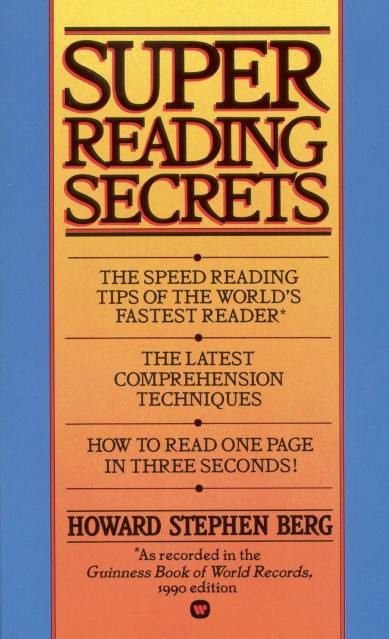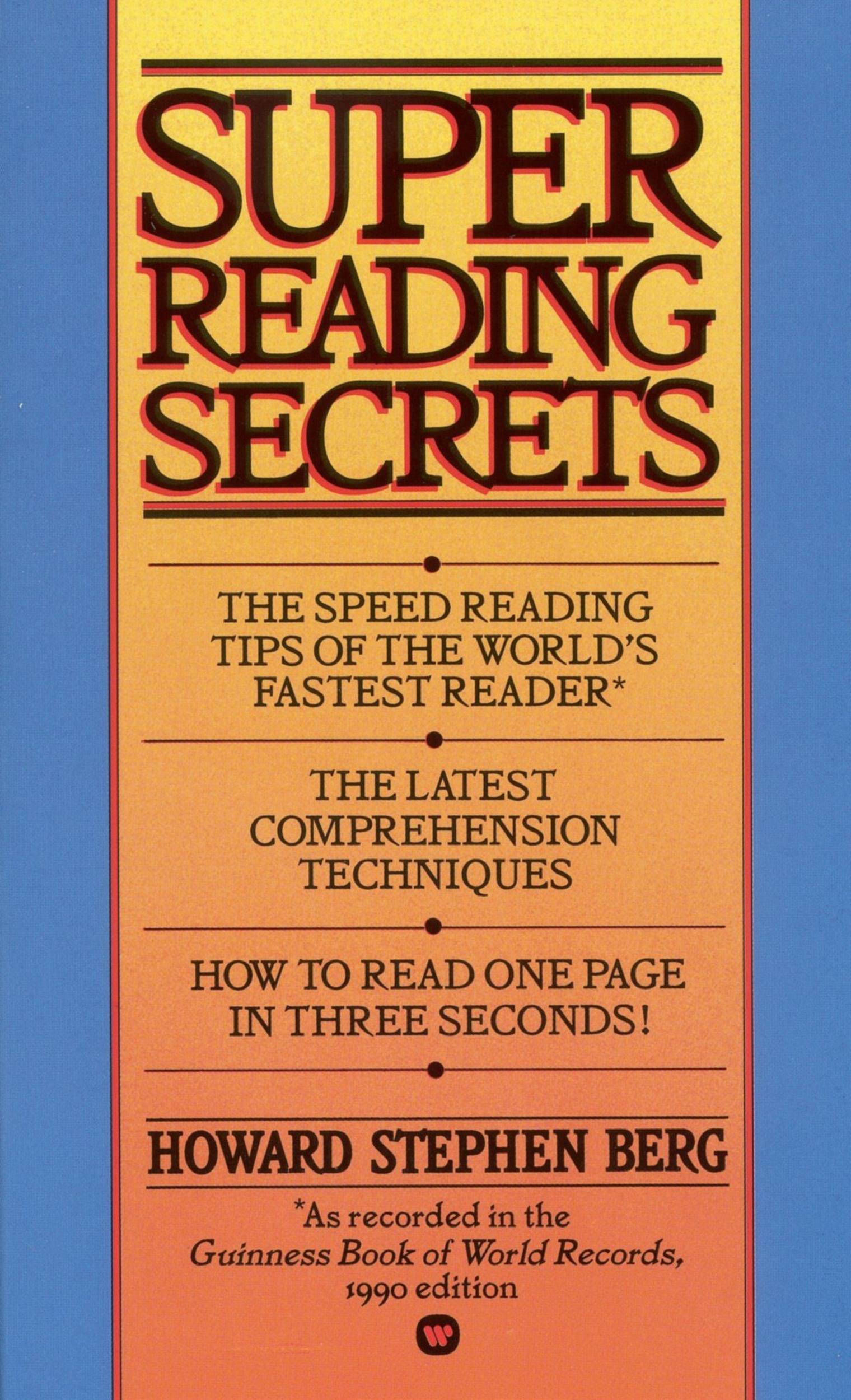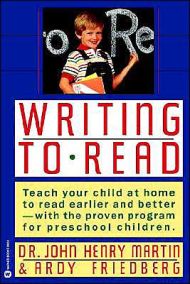Promotion
Use code MOM24 for 20% off site wide + free shipping over $45
Super Reading Secrets
Contributors
By Howard Stephen Berg
Formats and Prices
Price
$9.99Price
$12.99 CADFormat
Format:
- ebook $9.99 $12.99 CAD
- Mass Market $19.99 $25.99 CAD
This item is a preorder. Your payment method will be charged immediately, and the product is expected to ship on or around December 14, 2008. This date is subject to change due to shipping delays beyond our control.
Also available from:
Genre:
- On Sale
- Dec 14, 2008
- Page Count
- 256 pages
- Publisher
- Grand Central Publishing
- ISBN-13
- 9780446553278
Newsletter Signup
By clicking ‘Sign Up,’ I acknowledge that I have read and agree to Hachette Book Group’s Privacy Policy and Terms of Use





